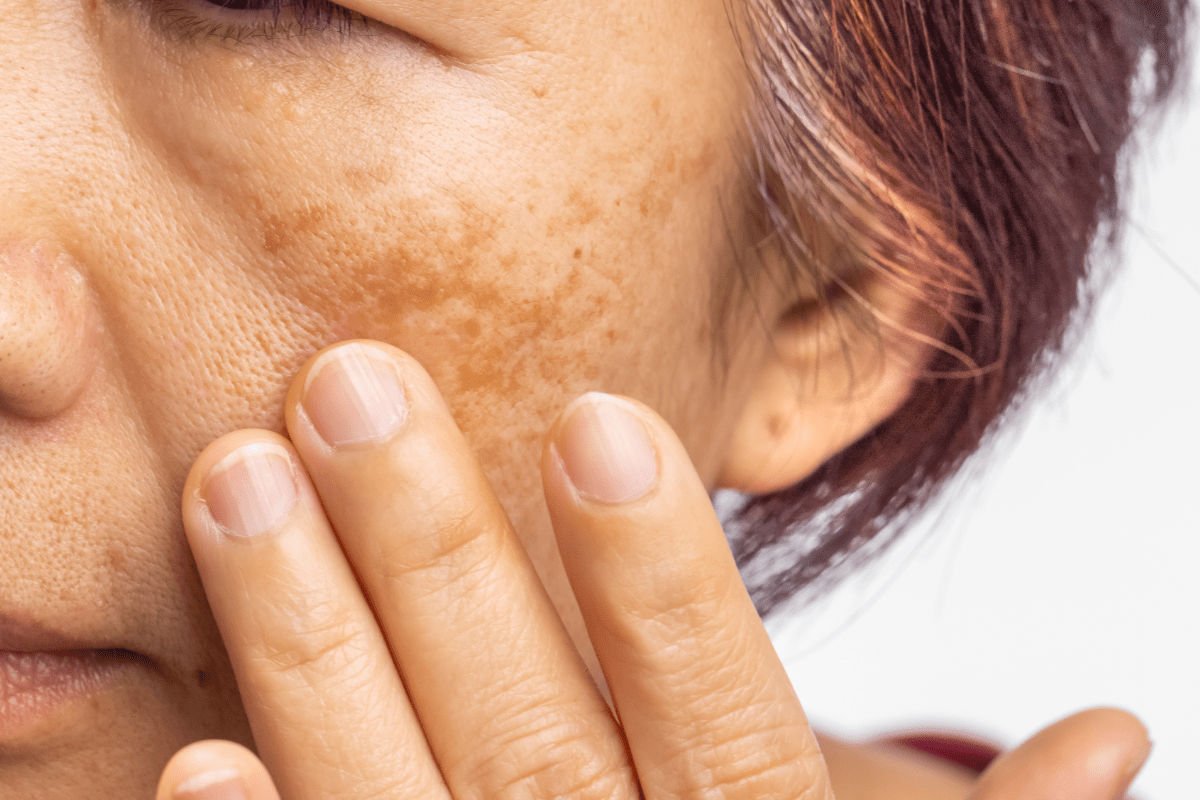At Be Beautiful Medical, we believe that thoughtful care begins with education. June is Melasma Awareness Month, an opportunity to shed light on this common—and often frustrating—skin condition. If you’re struggling with uneven patches of pigmentation on your cheeks, forehead, or upper lip, you’re not alone. Melasma affects millions of people, especially women, and is often triggered by sun exposure, hormones, or genetics.
What Is Melasma?
Melasma is a form of hyperpigmentation that appears as symmetrical, blotchy patches on the face. It’s often linked to sun exposure, pregnancy, oral contraceptives, and even heat or visible light. Unlike sun spots or post-inflammatory pigmentation, melasma is more complex and deeply rooted in the skin. That’s why it requires a measured, long-term approach—there are no quick fixes.
Our Conservative, Results-Focused Approach
At Be Beautiful Medical, we understand that melasma can be emotionally and physically challenging. Our treatment philosophy is conservative yet effective, designed to protect your skin’s integrity while delivering gradual, lasting improvements. It’s a marathon, not a sprint—and that’s exactly how it should be when treating melasma safely and successfully.
1. Diligent Sun Protection
Sun exposure is the number one trigger for melasma—and the reason it so often recurs. We emphasize strict year-round sun protection, including:
– Daily use of broad-spectrum SPF 50 (rain or shine)
– Reapplication every 2 hours when outdoors
– Protective clothing and wide-brimmed hats
– Avoidance of peak sun hours
2. Medical-Grade Topical Skincare
We create customized skincare routines that include ingredients proven to brighten and even out pigmentation, such as:
– Vitamin C – A powerful antioxidant that targets pigmentation
– Azelaic acid – Anti-inflammatory and pigment-suppressing
– Niacinamide – Calms the skin and helps reduce discolouration
– Retinoids – Promote gentle skin turnover (used cautiously)
3. Compounded Prescription Formulas
For more stubborn cases, we may prescribe custom-blended topical medications. These might include hydroquinone, tretinoin, kojic acid, or other pigment-suppressing agents in tailored concentrations to minimize irritation and maximize results.
We follow a stepwise protocol, cycling these formulas and incorporating breaks to reduce the risk of rebound pigmentation or skin sensitivity.
4. Conservative Chemical Peels
Chemical peels can help—but only when used wisely. We choose gentle, superficial peels that encourage cell turnover without triggering inflammation. These are spaced out and selected based on your skin’s response and current routine. It’s not about being aggressive—it’s about being precise.
5. Oral Tranexamic Acid for Recalcitrant Melasma
For patients with stubborn or treatment-resistant melasma, we may consider a short course of oral tranexamic acid—a prescription medication that has shown promise in reducing pigmentation when other methods plateau. This is used selectively, with careful patient screening and medical oversight to ensure it’s both safe and appropriate.
What About Lasers?
We are often asked about laser treatments for melasma. While lasers can have a place in some treatment plans, we do not rely on them as a first-line approach. Aggressive laser treatments can sometimes worsen melasma or cause rebound pigmentation. For most patients, especially early on, slower, steadier progress through skincare, sun protection, and peels yields safer, more sustainable results.
The Takeaway: Patience, Prevention, and Partnership
There’s no instant cure for melasma—but there is hope. With the right guidance, sun protection habits, and skincare support, it’s possible to dramatically improve the appearance of melasma over time. Treating melasma is a marathon, not a sprint. Progress may be gradual, but with consistency and expert support, meaningful results are achievable.
Our team is here to walk that journey with you—carefully, knowledgeably, and compassionately.
If you’re ready to take the next step toward clearer skin, book a consultation with us. We’ll assess your skin, discuss your goals, and build a personalized plan that respects both your skin’s limits and its potential.

